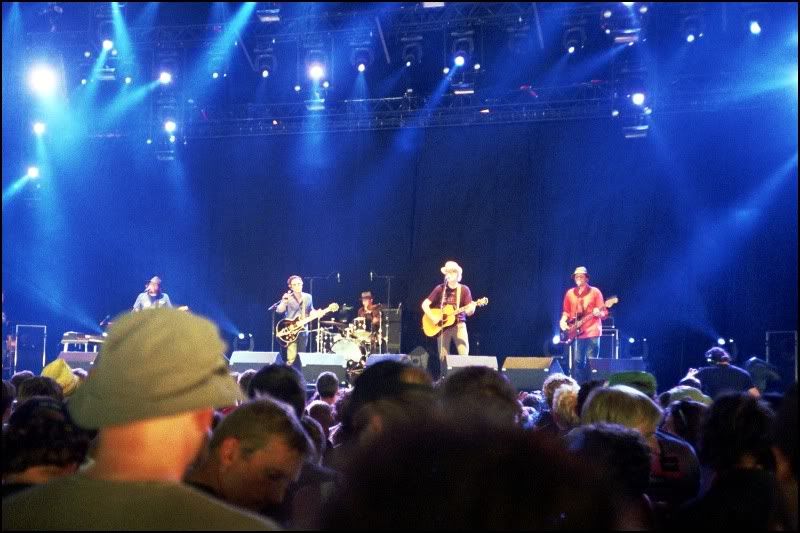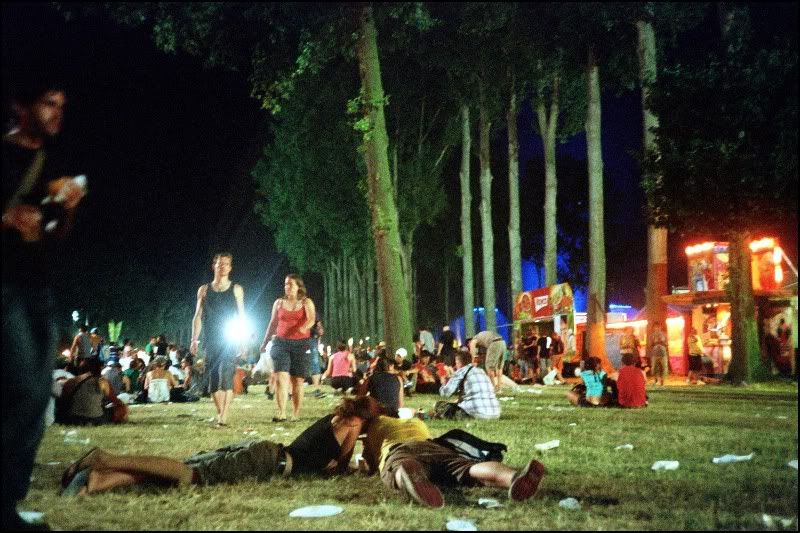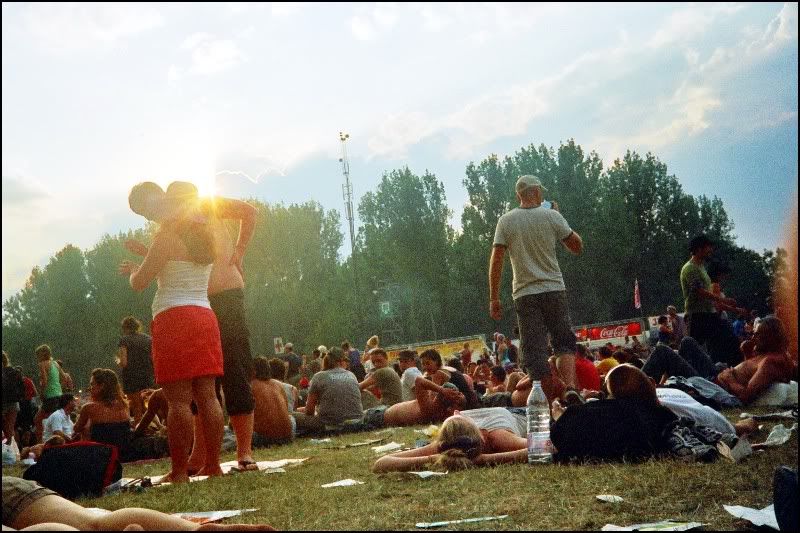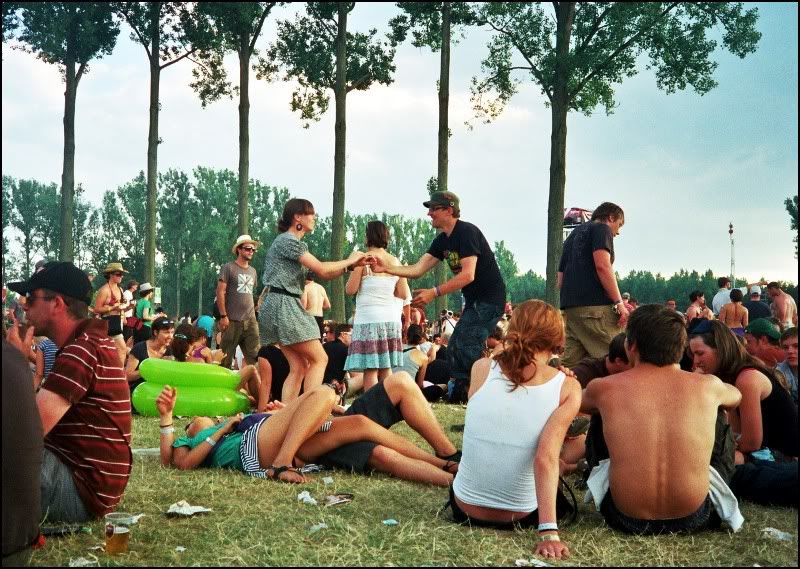

Moderator: Beowulf



Vendetta wrote:Richard Gatling was a pioneer in US national healthcare. On discovering that most soldiers during the American Civil War were dying of disease rather than gunshots, he turned his mind to, rather than providing better sanitary conditions and medical care for troops, creating a machine to make sure they got shot faster.
Mine were 1/32 @ f/2.8 for the first and 1/64 @ f/4 for the second, ISO unknown. I am certainly well acquainted with shake, but my setup was very DIY: mount a small telescope on a very lightweight camera tripod; hold a cheap Kodak compact digicam up to the eyepiece, and try to hold the whole mess steady over the exposure time while also trying to swat mosquitoes.starslayer wrote:How long were your exposure times, both of you? With fine detail on astronomical targets, you run up against seeing issues; also, astronomical imaging is going to show you every little shake and vibration your mount has. You may want to try again using a webcam that can shoot video, believe it or not. Oh, and the imagers I know never use eyepieces, they just shoot at prime focus; I don't know whether that would help your Moon shots, Simplicius.
I would say the attention is generally stolen by the amount of frame that is just background, and how that is mostly in focus as well.Hawkwings wrote:I'd like to do something about that rock in the bottom right, it's a bit too light and draws attention away from the flowers.
I was on night mode, 80X digital zoom, f/8, the exposure time I didn't notice. I just set the timer to countdown 5 secs after I pressed the shutter button. Also the Canon SX10 IS is a P&S camera not a DSLR.starslayer wrote:How long were your exposure times, both of you? With fine detail on astronomical targets, you run up against seeing issues; also, astronomical imaging is going to show you every little shake and vibration your mount has. You may want to try again using a webcam that can shoot video, believe it or not. Oh, and the imagers I know never use eyepieces, they just shoot at prime focus; I don't know whether that would help your Moon shots, Simplicius.
Those are pretty good results for that kind of setup. With what you have, you might try jury-rigging an equatorial tracker from some wood and cheap motors (most people call this a "barn door tracker"), and use one of your film cameras (or a good DSLR, if you have one) with a telephoto lens, and experiment. Given the limited exposure time, you shouldn't need to carefully polar align the mount.simplicius wrote:Mine were 1/32 @ f/2.8 for the first and 1/64 @ f/4 for the second, ISO unknown. I am certainly well acquainted with shake, but my setup was very DIY: mount a small telescope on a very lightweight camera tripod; hold a cheap Kodak compact digicam up to the eyepiece, and try to hold the whole mess steady over the exposure time while also trying to swat mosquitoes.
I did come across the webcam book from Patrick Moore's Practical Astronomy series once, and it seemed like it would be an interesting read.
Something I missed in my first reply; the haze actually made the picture clearer, because it stabilized the air you were looking through. The Moon and planets are bright enough that a little haze does nothing to detract from the view (and watching as clouds drift across the Solar disk is pretty cool, too through a telescope).generator_g1 wrote:The picture could have been clearer but there was some haze/pollution in the atmosphere and I was on a small plastic tripod....
For the Moon, you should not need night mode. Other than that, I would encourage you to experiment for best results.I was on night mode, 80X digital zoom, f/8, the exposure time I didn't notice. I just set the timer to countdown 5 secs after I pressed the shutter button. Also the Canon SX10 IS is a P&S camera not a DSLR.



Barn-door trackers are at their best for shooting the sky over several minutes. It's a good way to get good starfield images on low-speed film. You also don't necessarily need the motor. Just an appropriately pitched screw turned periodically. For shooting the Moon or planets, you don't need long enough exposure times to warrant the tracker, unless you're trying to shoot a lot of video of a planet for image stacking.starslayer wrote:Those are pretty good results for that kind of setup. With what you have, you might try jury-rigging an equatorial tracker from some wood and cheap motors (most people call this a "barn door tracker"), and use one of your film cameras (or a good DSLR, if you have one) with a telephoto lens, and experiment. Given the limited exposure time, you shouldn't need to carefully polar align the mount.simplicius wrote:Mine were 1/32 @ f/2.8 for the first and 1/64 @ f/4 for the second, ISO unknown. I am certainly well acquainted with shake, but my setup was very DIY: mount a small telescope on a very lightweight camera tripod; hold a cheap Kodak compact digicam up to the eyepiece, and try to hold the whole mess steady over the exposure time while also trying to swat mosquitoes.
I did come across the webcam book from Patrick Moore's Practical Astronomy series once, and it seemed like it would be an interesting read.
Indeed. The Moon is bright enough that night mode is wasted on it. Try spot metering, so the camera sets its exposure time based on the brightness of the Moon, instead of the brightness of the scene, which will usually result in the Moon being overexposed.For the Moon, you should not need night mode. Other than that, I would encourage you to experiment for best results.I was on night mode, 80X digital zoom, f/8, the exposure time I didn't notice. I just set the timer to countdown 5 secs after I pressed the shutter button. Also the Canon SX10 IS is a P&S camera not a DSLR.



Yeah, mood is pretty much all you can achieve when you don't have time and people bump into you. I envied the people who got in to do the official photoshoots; then again, they likely didn't have half as much funSimplicius wrote:@ Bounty: I think the last one is the best of the three. It's unbalanced, but the light gives it a certain mood and the line of the tree repeated in the standing couple is a good compositional element. The flare or really out-of-focus stalk of grass or whatever that is on the left also isn't so bad, because it fits in with the warm color of the rest of the picture. An okay photo, all told.


The framing in the last photo there was a choice, but not a particularly happy one. I had to choose between the top of the mast and getting some of the reflection in-frame, and I couldn't back up without taking a dive into the harbor. And as the man said, "...but wait - there's more!"Bounty wrote:Oh, and Simplicius: you lucky dog. I've seen XA's go for massive amounts of money, certainly more than you'd pay for one on sight, so a $1 is an excellent find. Nice review, too; I'd been wondering about how it was to use and especially how well the construction holds up.
Did you deliberately cut off the top of the boat in the last pic or was there no room to manoeuvre?





Between the two, would you recommend the XA or XA2? Did you miss the rangefinder? Not in the sense that it's needed - your pictures prove otherwise - but in the sense that you feel it would add to the camera?The real bonus is that the XA2 is capable enough to give an interested novice real room to grow. Unlike the low-quality cameras marketed by The Lomographic Society, which seem only to be good for mindless wankery on one side, or use by seasoned professionals (see David Burnett and his Holga) on the other, the XA2 is suitable in one way another for people along the whole length of the photographic spectrum, which ought to make it a successful camera by any measure.
Still waiting on your luggage, or are they borrowing it for the remainder of their trip? Might be a good reason to have a quality, pocketable backup like a Canon A-series or something else that doesn't cost an arm and a leg, just so you can always keep a camera handy.The Grim Squeaker wrote:"Grumble Grumble".
Simplicus, the second set of XA shots are Very nice, (the bridge shot after that is meh. Maybe a closer shot with the sign would have made it more interesting), and you're making me very grouchy that my camera is still in Japan with my family.
It would certainly add to the camera by making impossible to forget to focus correctly (which I did for a few frames), though it might take away a little as well - I don't know whether its smallness would make it awkward to use. I've heard that the focusing spot is dim and that the lever has a very short throw, but that doesn't automatically make it a pain in the ass.Bounty wrote:Between the two, would you recommend the XA or XA2? Did you miss the rangefinder? Not in the sense that it's needed - your pictures prove otherwise - but in the sense that you feel it would add to the camera?



I think sometimes Kodak manages. I've made a couple of frames of Portra VC that have gorgeous blues in them, though greens are not as good.phongn wrote:E100 is quite nice in 120. I also agree with your view on how it handles colors - as (seemingly) usual, Kodak does better on reds and yellows. I still prefer Reala for greens and blues. On the 'net people seem to be shooting it at EI 80.


